English
Next article
Table of contents
Share this page
To contact Bureau Sostenemi:
588 - 2894
588 - 1010
or
More information:

Do the test
Test your knowledge about the Codigo de Proteccion in 8 minutes
Watch
Watch the video about the Codigo di Proteccion
Are you concerned about a child’s safety? Use the Codigo di Proteccion.

Make a decision about whether to offer help yourself, enlist help from others and/or consult Bureau Sostenemi about reporting the case.
Step 5
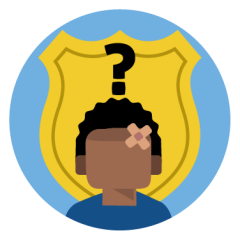
Assess the child’s safety.
Step 4

Talk to the family and the child too if possible.
Step 3

Discuss with a colleague or the Supervisor di Codigo and/or call the Bureau Sostenemi for advice.
Step 2
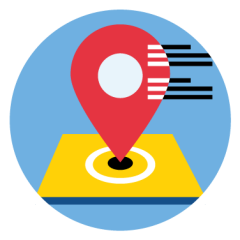
Collate and list the signs, as well as the family’s strengths.
Step 1
Scroll down





What do the five steps of the Codigo di Proteccion consist of? An overview.
Infographic
The five steps of the Codigo di proteccion Infantil y Hubenil
www.codigodiproteccion.com
The Codigo di Proteccion came into effect in April 2021. This means that a larger group of professionals that work with children are obliged to follow the steps of this code in the event of concerns and signs of child abuse.
Do you see signs of child abuse? Use the following five steps:

close
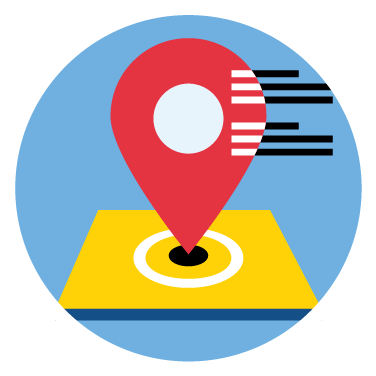
Step 1
Collate and list the signs. Consider whether there are any earlier signs that you have overlooked. In addition, consider the family’s strengths, and list these too.
Previous step
close

Step 2
Discuss with a colleague or the Supervisor di Codigo, the person within your organisation who is knowledgeable about child abuse and applying the code. Or you can call the Bureau Sostenemi (Advies en Meldpunt Kindermishandeling /Advice and Child Abuse Reporting Center). Share the concerns you have about the child with them. Together you determine if the behaviour and the signs that you have seen are reason enough to suspect child abuse. You also discuss the family’s strengths.
close
Previous step

Step 3
Talk to the family. Present the signs you have seen or heard to the parents and discuss your concerns about these. In addition, talk to the family about the strengths you have seen and pose questions to get a better picture of both the strengths and the concerns. Discuss this with the child too, if possible. Make sure the child is not endangered by the conversations you have with either the parents or the child.
Previous step
close
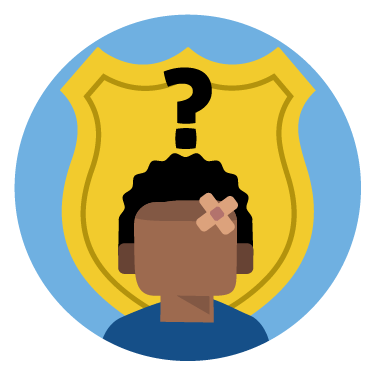
Step 4
Assess the child’s safety. The Signs of Safety framework and sliding scale can help you assess and evaluate safety. When in doubt, always consult the Supervisor di Codigo or call the AMK for advice.
Previous step
close

Step 5
Is help or support needed to stop the child abuse and make the situation safer? If so, can you offer that help yourself, can you work with the family and their network, or enlist the help of others?
Are you unable to provide help yourself or enlist help? Then consult with the AMK about reporting the case. Discuss what you can contribute to help stop the child abuse. Both reporting and providing assistance are possible at the same time.
English
Is help or support needed to stop the child abuse and make the situation safer? If so, can you offer that help yourself, can you work with the family and their network, or enlist the help of others?
Are you unable to provide help yourself or enlist help? Then consult with the AMK about reporting the case. Discuss what you can contribute to help stop the child abuse. Both reporting and providing assistance are possible at the same time.
Step 5

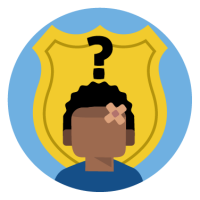
Assess the child’s safety. The Signs of Safety framework and sliding scale can help you assess and evaluate safety. When in doubt, always consult the Supervisor di Codigo or call the AMK for advice.
Step 4

Talk to the family. Present the signs you have seen or heard to the parents and discuss your concerns about these. In addition, talk to the family about the strengths you have seen and pose questions to get a better picture of both the strengths and the concerns. Discuss this with the child too, if possible. Make sure the child is not endangered by the conversations you have with either the parents or the child.
Step 3
Discuss with a colleague or the Supervisor di Codigo, the person within your organisation who is knowledgeable about child abuse and applying the code. Or you can call the Bureau Sostenemi (Advies en Meldpunt Kindermishandeling /Advice and Child Abuse Reporting Center). Share the concerns you have about the child with them. Together you determine if the behaviour and the signs that you have seen are reason enough to suspect child abuse. You also discuss the family’s strengths.
Step 2

Collate and list the signs. Consider whether there are any earlier signs that you have overlooked. In addition, consider the family’s strengths, and list these too.
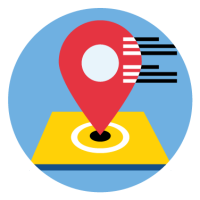
Step 1
Next article
Table of contents
Share this page
To contact Bureau Sostenemi:
588 - 2894
588 - 1010
or
More information:

Do the test
Test your knowledge about the Codigo de Proteccion in 8 minutes
www.codigodiproteccion.com
Are you concerned about a child’s safety? Use the Codigo di Proteccion.
Do you see signs of child abuse? Use the following five steps:
Watch
Watch the video about the Codigo di Proteccion
The Codigo di Proteccion came into effect in April 2021. This means that a larger group of professionals that work with children are obliged to follow the steps of this code in the event of concerns and signs of child abuse.
What do the five steps of the Codigo di Proteccion consist of? An overview.





Infographic
The five steps of the Codigo di proteccion Infantil y Hubenil
